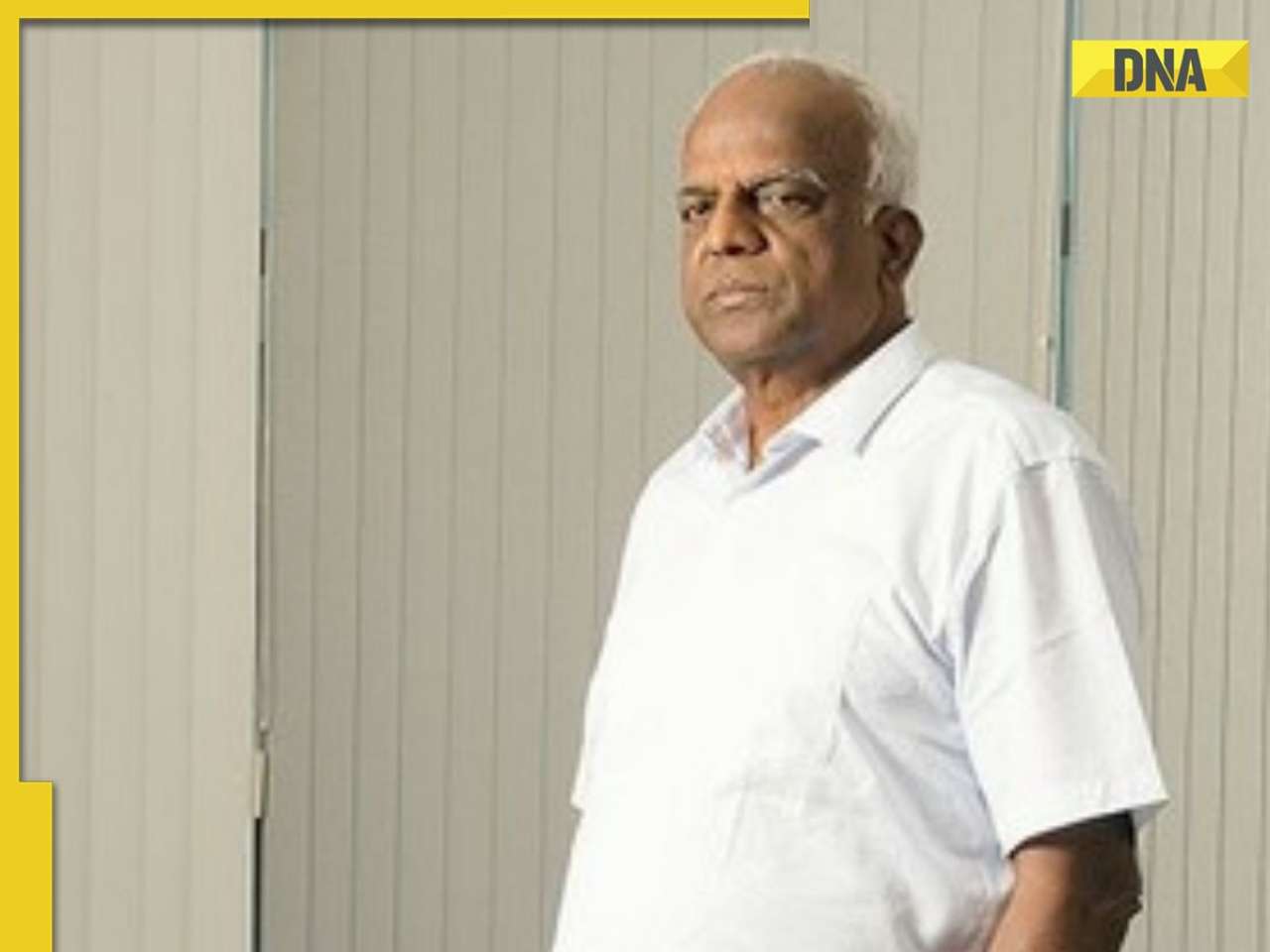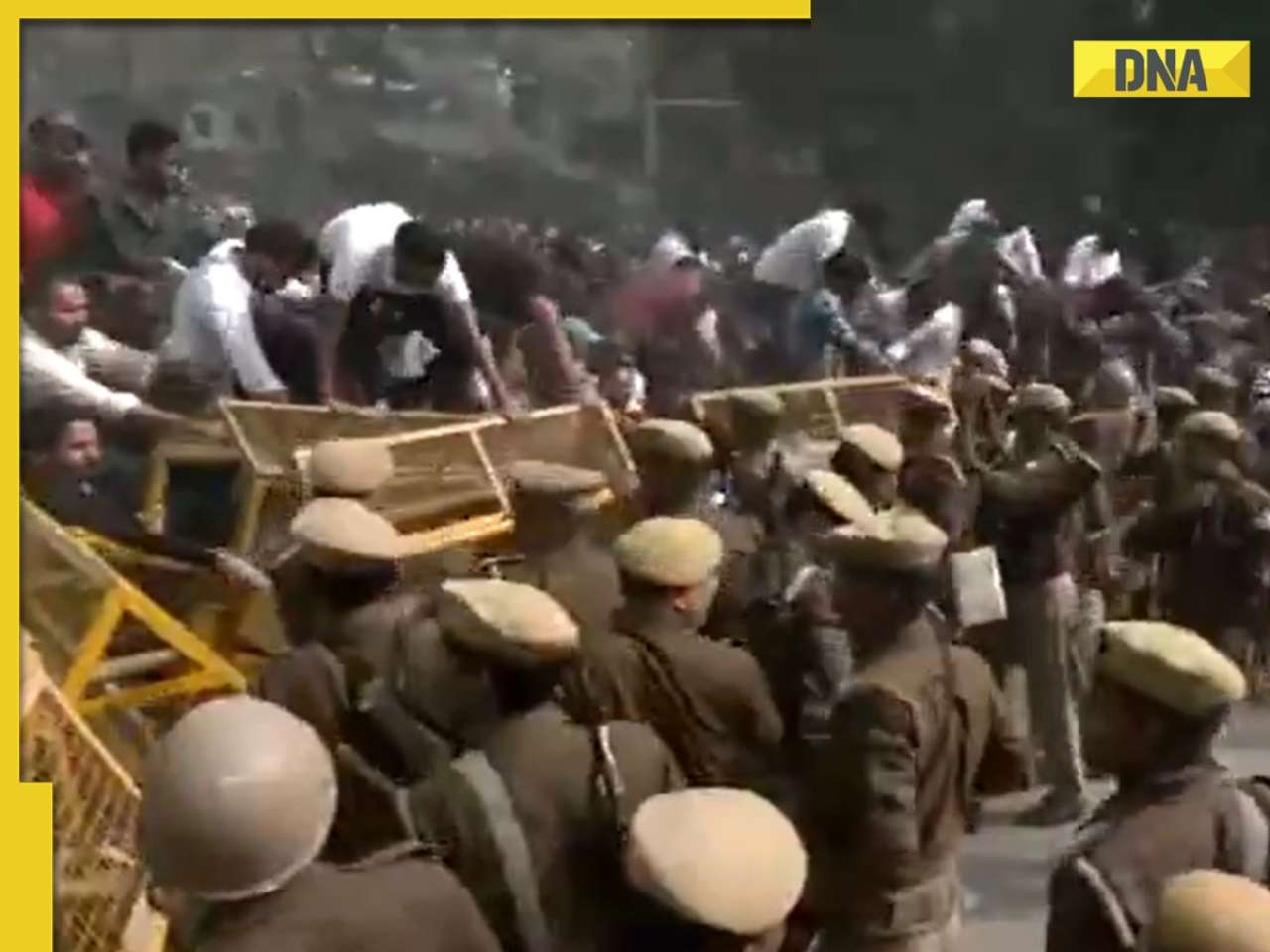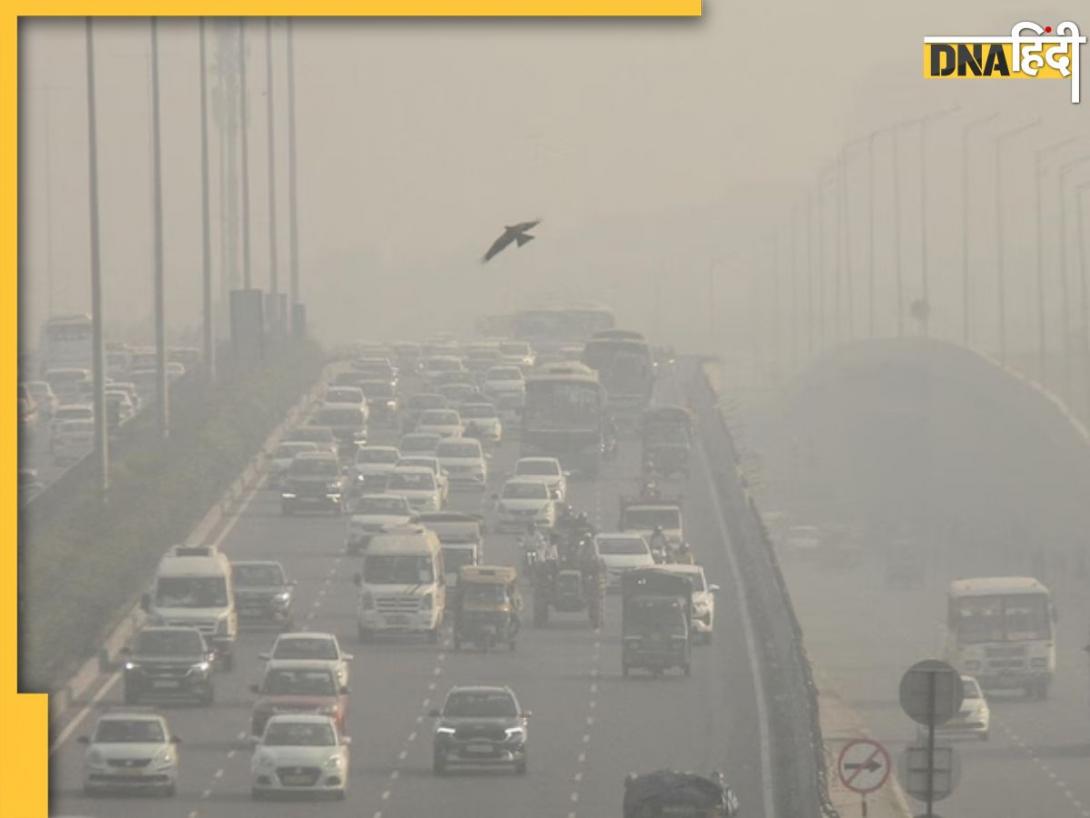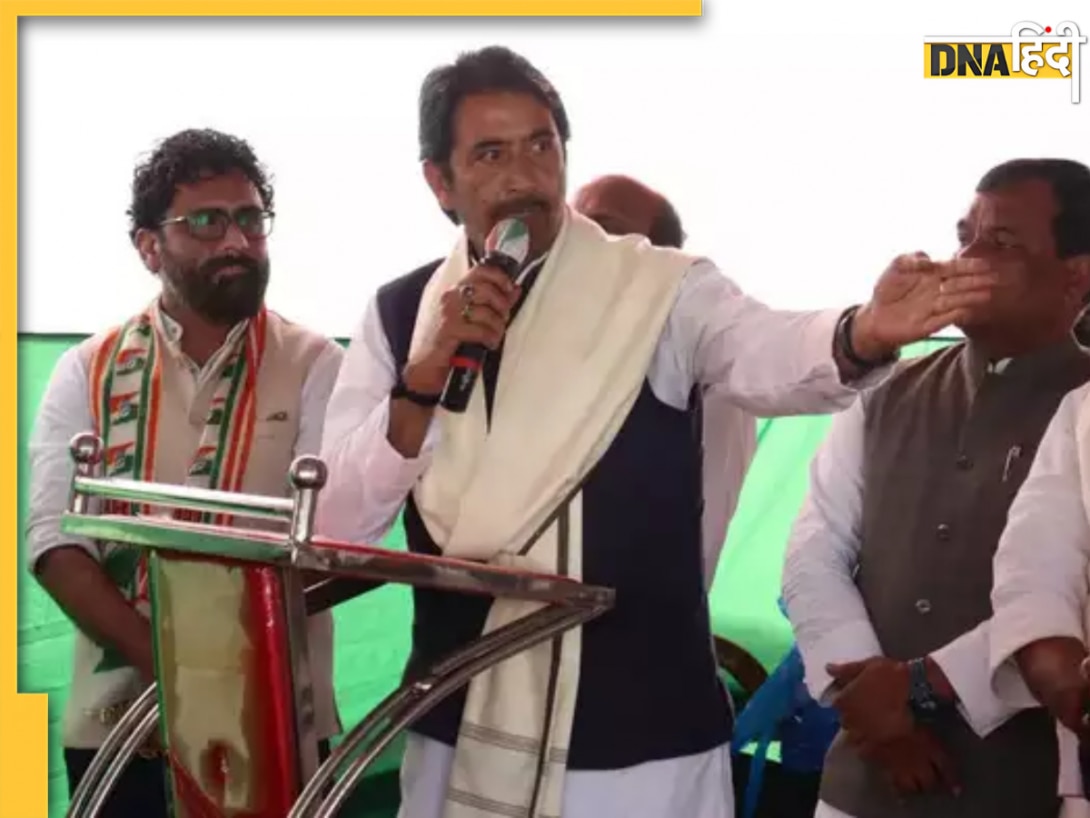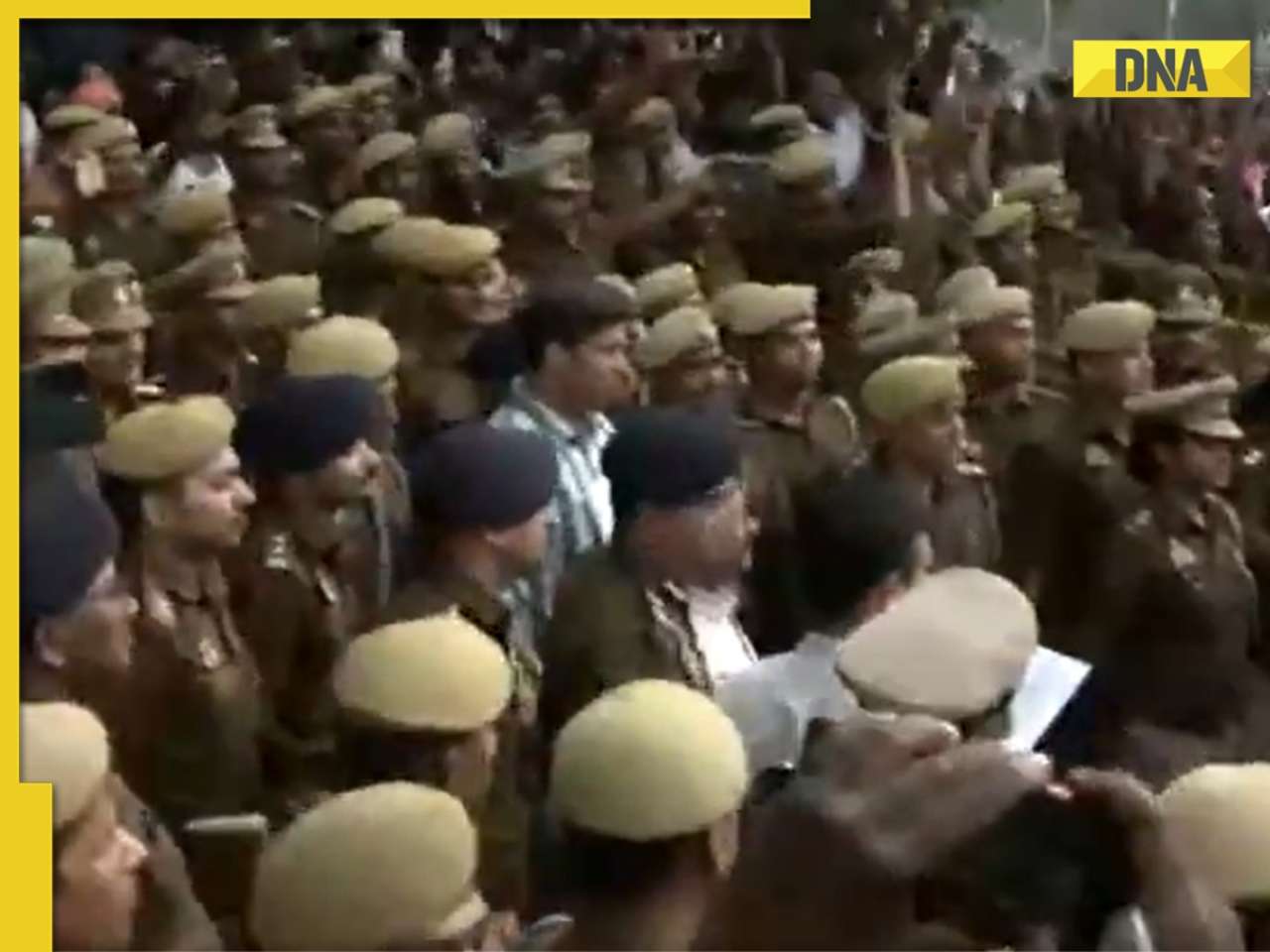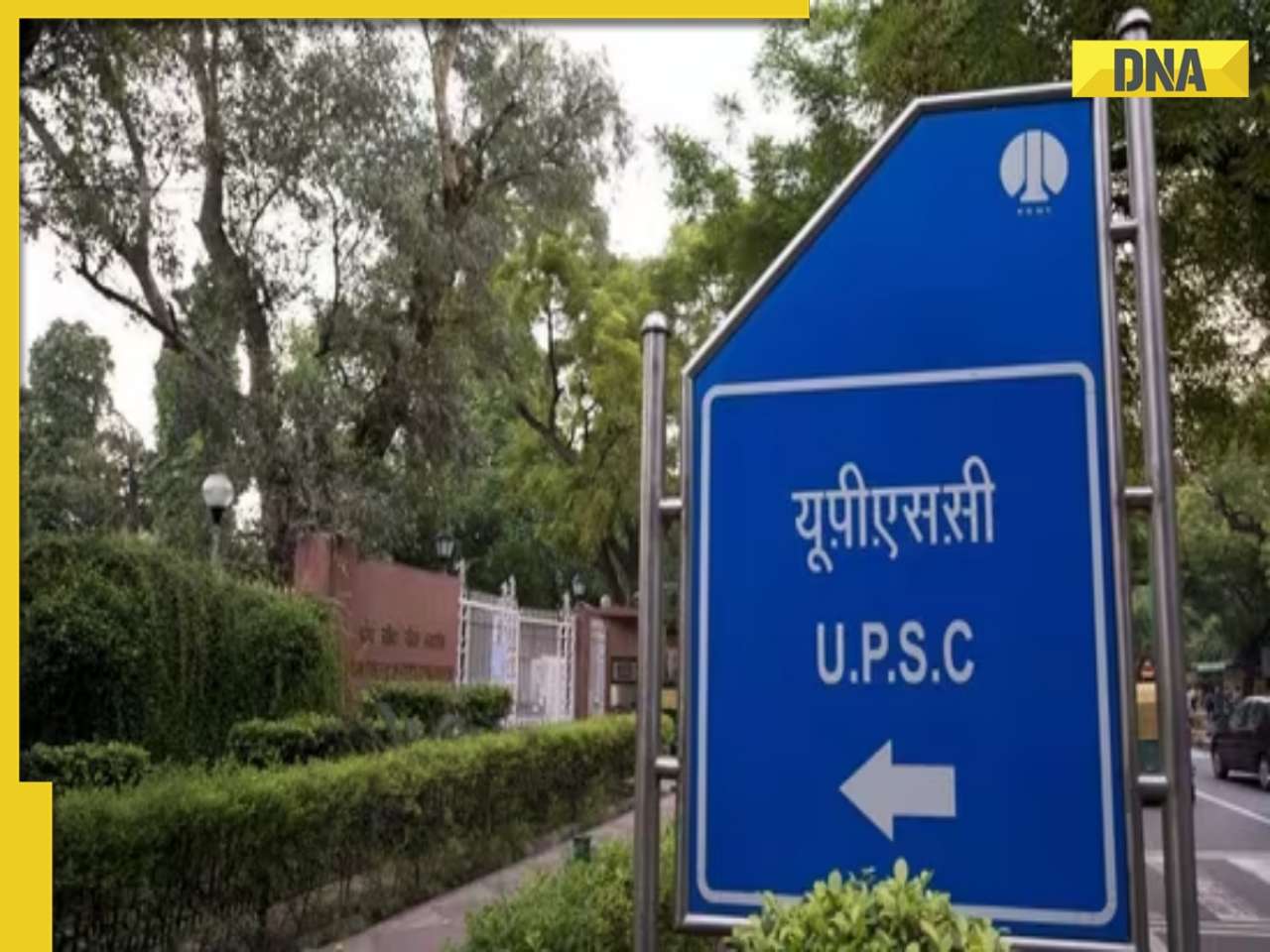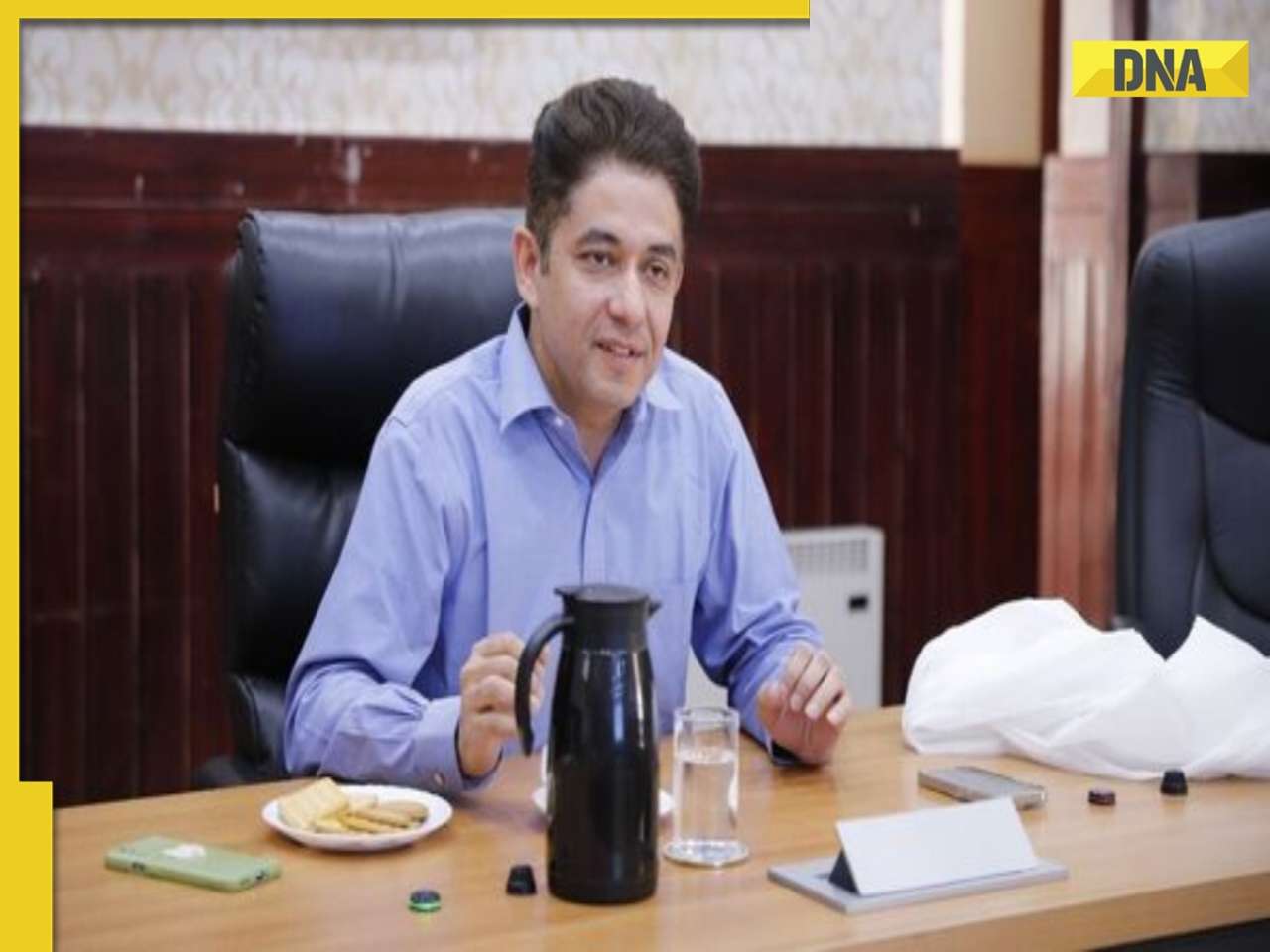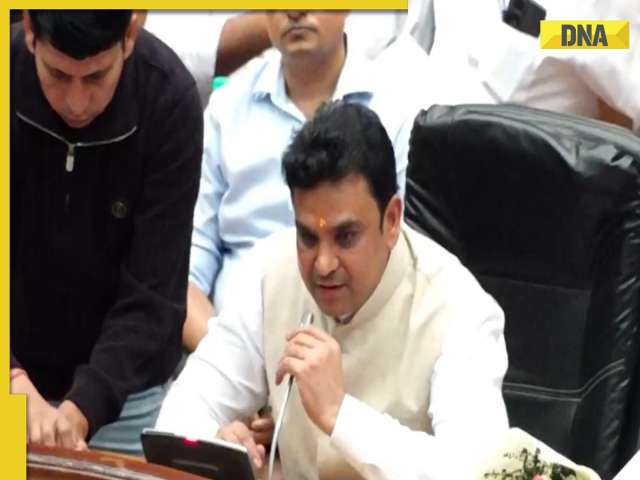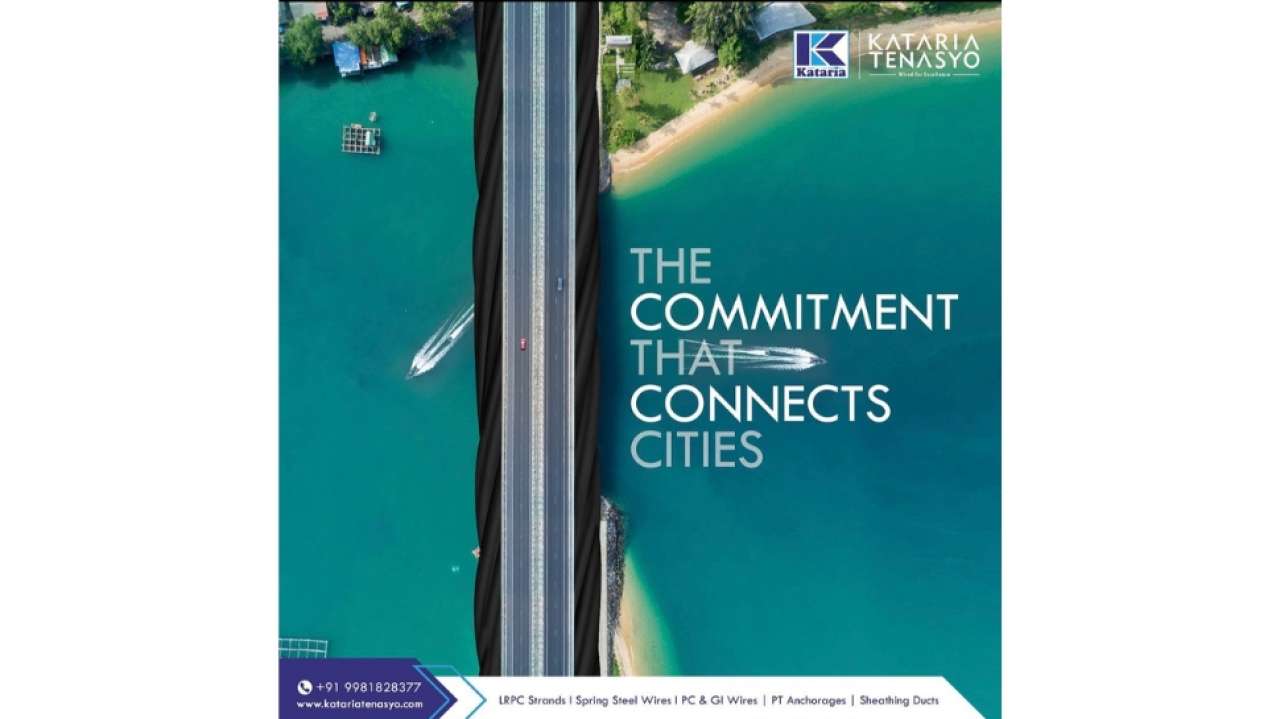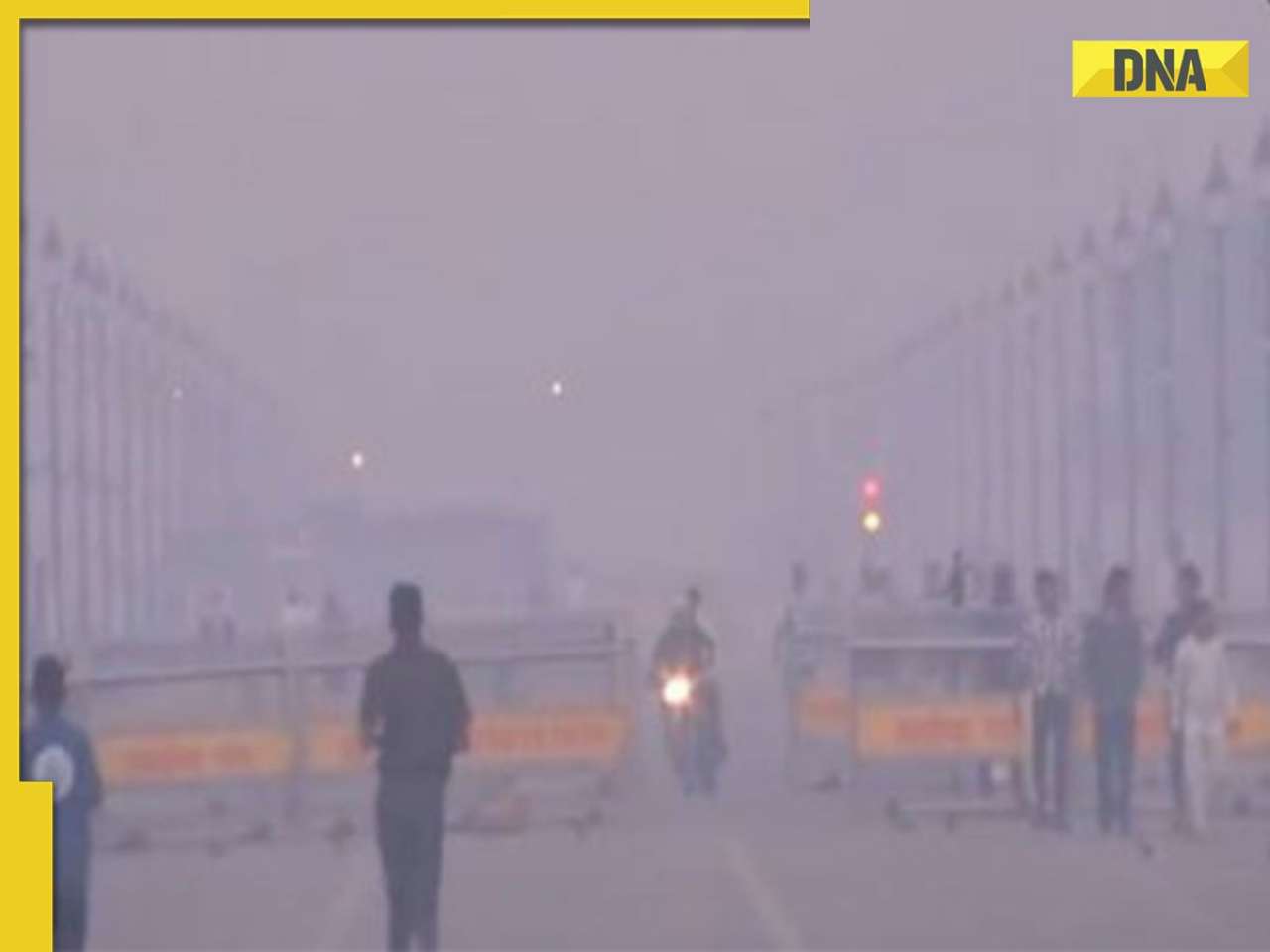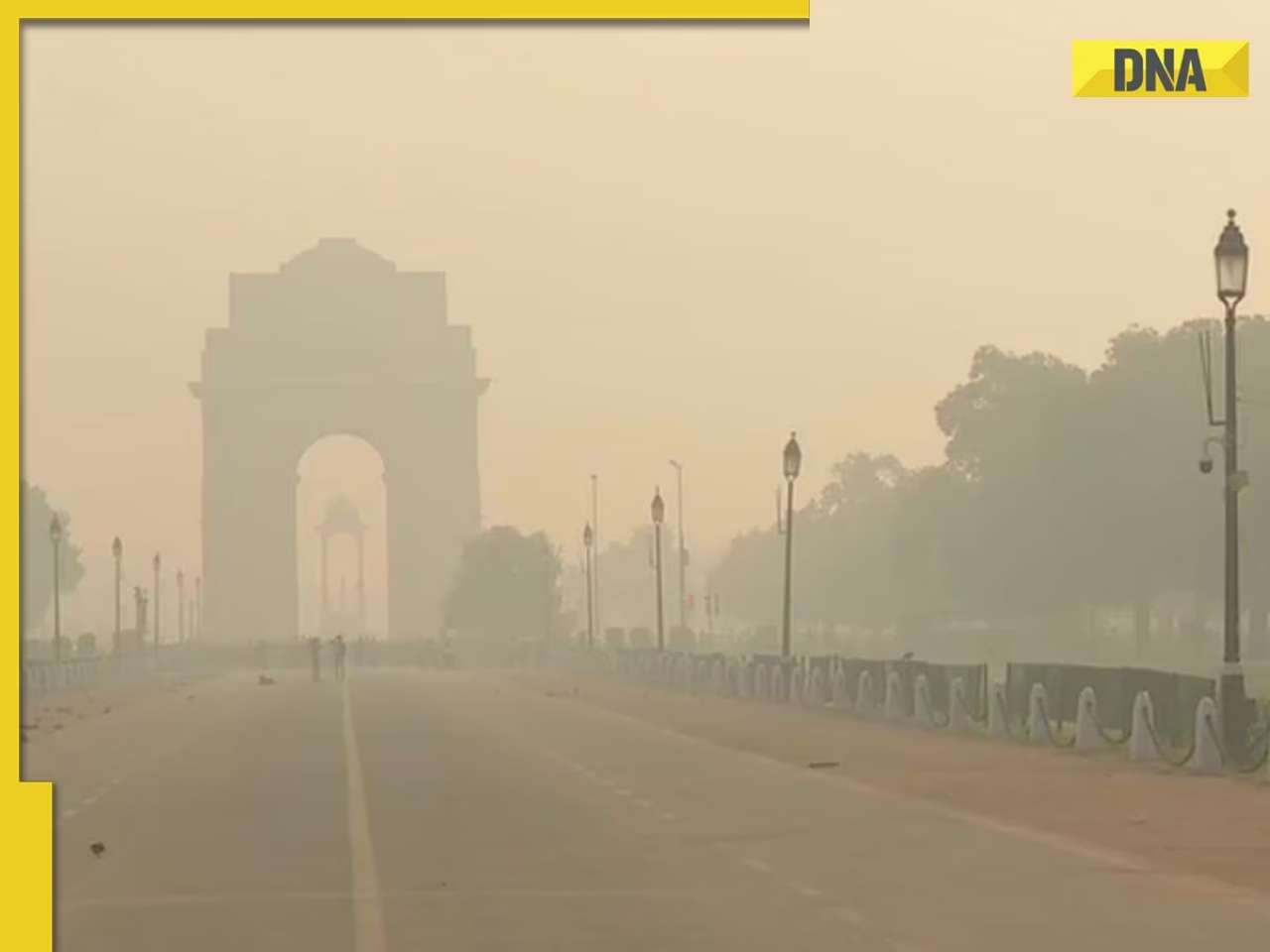- LATEST
- WEBSTORY
- TRENDING
INDIA
Winter is coming: Delhi takes stock of its anti-pollution measures
From the recent odd-even road rationing scheme started by the AAP government to the ban on diesel vehicles older than ten years and the apex court's intervention on entry of non-destined trucks, pollution cess on big diesel cars and action on waste burning, there has been a slight impact both in terms of awareness and in air quality, say experts.
TRENDING NOW
Winter is here when pollution levels are again expected to rise. DNA takes a look at Delhi Government's experiment with environment and whether it helped bring down the pollution levels.
From the recent odd-even road rationing scheme started by the AAP government to the ban on diesel vehicles older than ten years and the apex court's intervention on entry of non-destined trucks, pollution cess on big diesel cars and action on waste burning, there has been a slight impact both in terms of awareness and in air quality, say experts.
Anumita Roychowdhury, executive director, Centre for Science and Environment (CSE), however, said, "The measures have some cumulative effect on air quality, however, this is just a beginning and needs stringent implementation in all these areas for real results."
While the government is looking at a third round of odd-even this December, it must put together a robust public transport system for it to be a success, she said.
A recent study done by the CSE shows a dip in night-time pollution as a result of the action on trucks. "The action on trucks since October 2015 in terms of imposition and doubling of Environment Compensation Charge (ECC), diversion of non-destined trucks and stopping of pre-2006 trucks have helped to lower the night time peaking of air pollution (from the average PM of 2.5) this winter compared to the winter of 2014-15," the study states.
Why air pollution is highest in winters?
Typical winter conditions — cold temperature, lower mixing height of air, calm and no-wind conditions trap air and pollution. As a result, pollution builds up quickly and peaks. This is why winter months require tougher emergency action to reduce pollution. Weather is an important constraint in pollution management.
A report compiled by the Centre comparing air pollution levels in pre and during odd-even days showed that the scheme helped improve air quality in Delhi — by reducing particulate air pollution concentrations by 10-13% in the period.
"The odd and even programme was implemented as an emergency action to arrest the high emergency peak when the overall pollution levels went 5 to 6 times higher than the standards. This is needed to protect public health in a city where every third child has impaired lungs," the report states.
The Supreme Court too took firm steps to check heavy commercial vehicles from entering Delhi. It issued directions on enforcement of construction and road dust as well as garbage burning.
The Delhi government is also bringing action against the Badarpur Thermal Power Plant. The odd-even scheme was designed for immediate relief as it takes off the roads almost half the private cars, which contribute to pollution from their tailpipe and pollution because of congestion.
The data available from the Traffic Survey and Travel Attributes Study conducted by the School of Planning and Architecture under Department of Transport Planning during odd-even scheme show substantial reduction in traffic volume and congestion.
The survey was carried out in 11 locations along different major arterial roads of Delhi like Gurgaon Expressway, Mathura Road, NH-24, NH-1, Bahadurgarh Road and Ring Road.
It found that the average journey speed was as high as 50 kmph during odd and even period as against 20-25 kmph speed on regular days. This is due to reduction in share of cars on the road during that period.
"But the busy Ring-Road experienced about 30 to 50% increase in speeds during the odd-even fortnight," the report said.
The study also found that the average occupancy in personal cars increased from 1.4 to 2.1 during the odd and even period at major nodes.
The CSE compared the live traffic updates from Google for January 15, 2016 (during odd-even) and for January 19, 2016 (after odd- even scheme was over). This shows how congestion in most roads of Delhi has increased after the odd and even scheme was over.
"It is also important to note that the people of Delhi and neighbouring states have followed the rule — it shows their cooperation and their desire to be part of the solution to check this toxic and deadly air pollution. It is clear that we need to do more to arrest air pollution and also make this scheme more successful, by reducing exceptions," said Roychowdhury.
Air quality levels in 2014-15
The winter months of November and December 2015 showed higher number of days in severe category (of pollution levels) four times the safe standard – which is the worst category according to the National Air Quality Index. November 2015 had 73 per cent of days in severe category against 53 per cent in November 2014. December 2015 had 67 per cent of days in severe category as against 65 per cent in December 2014.







)
)
)
)
)
)
)
)
)
)
)
)
)
)
)
)









